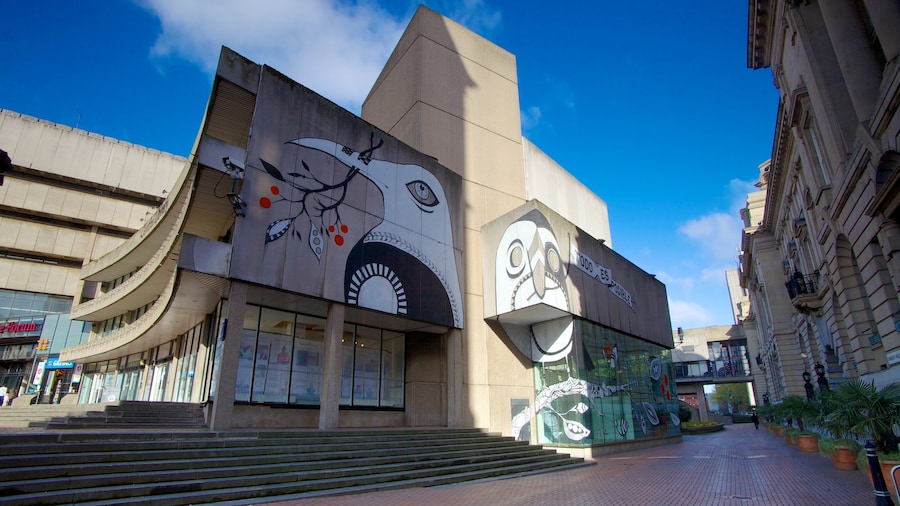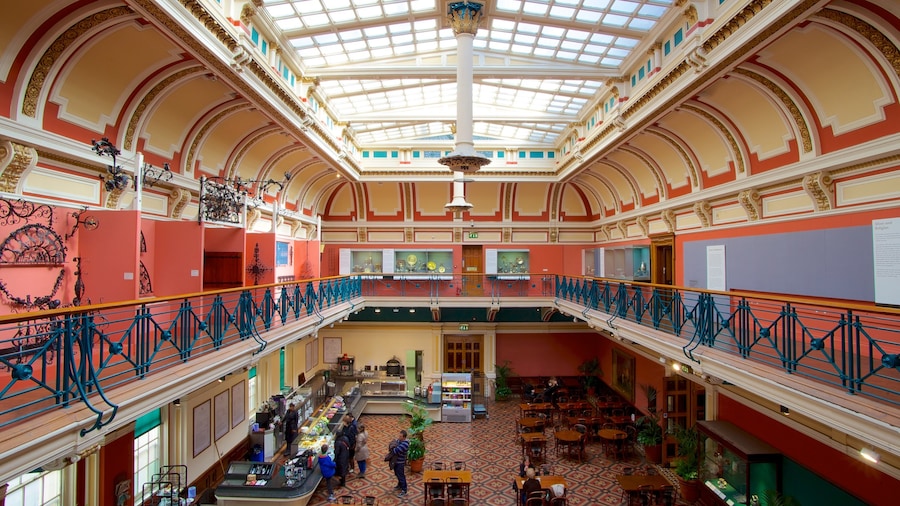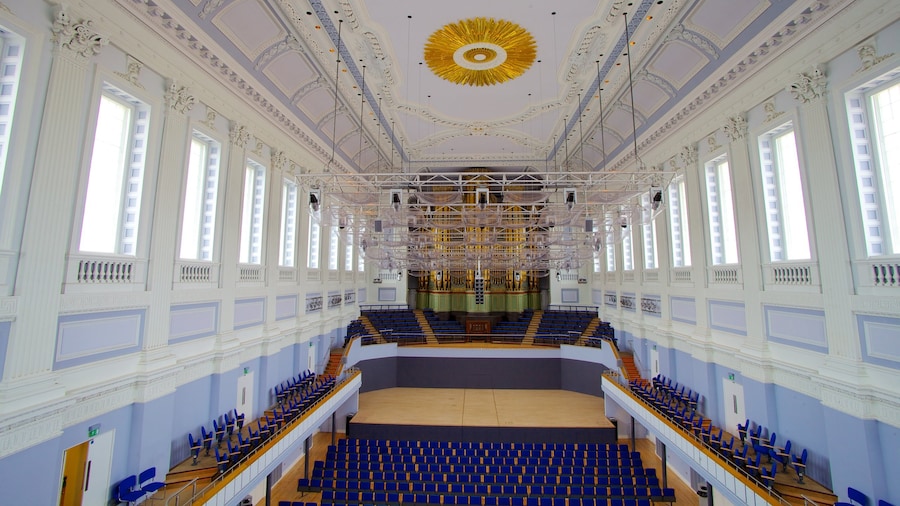This memorial is a peaceful space in the city centre devoted to Birmingham residents who lost their lives in military service.
The Hall of Memory opened in 1925 as a memorial to Birmingham residents who lost their lives in World War I. Since then, it has grown to incorporate those who died in World War II and in later military service. The limestone monument acts as a record of those lost and as a quiet place of reflection. There are statues, engravings and a roll of honour featuring the names of the deceased.
Admire the four bronze statues by local artist Albert Toft that decorate the exterior of the Hall of Memory. Each statue represents an arm of the British military service: the Army, the Navy, the Air Force and Women’s Services.
Enter the memorial through the grand bronze doors. Appreciate the air of quiet respect and reflection in the spacious chamber. Its thick walls block out the sounds of the busy streets outside, generating a silence despite the memorial’s location in the city centre. Look at the three carvings along the walls representing three separate themes: Call, Front Line and Return.
Read through the roll of honour featuring the names of Birmingham residents who lost their lives in military service. Peruse the guest book filled with touching words from fellow visitors. The construction of the memorial cost £60,000 ($100,000) and funds were raised mostly though public donations.
The site is open to the public every day except Sundays, from the morning until afternoon. Admission is always free. There is a multi-story parking lot as well as pay-and-display parking spaces along nearby Brindley Drive.
The Hall of Memory is situated in Centenary Square in the centre of Birmingham. It is near to Birmingham Museum and Art Gallery, University College of Birmingham and the city’s Town Hall. Birmingham Snow Hill Railway Station is 1 mile (1.6-kilometre) to the northeast.


















